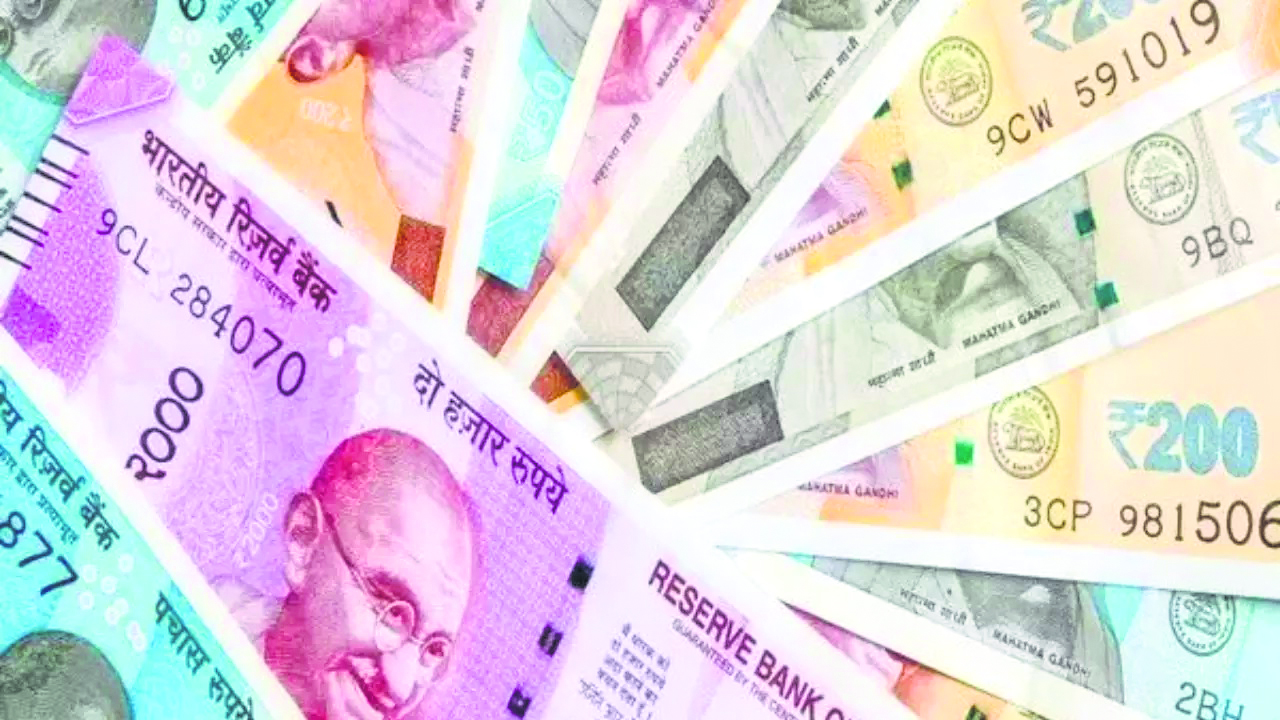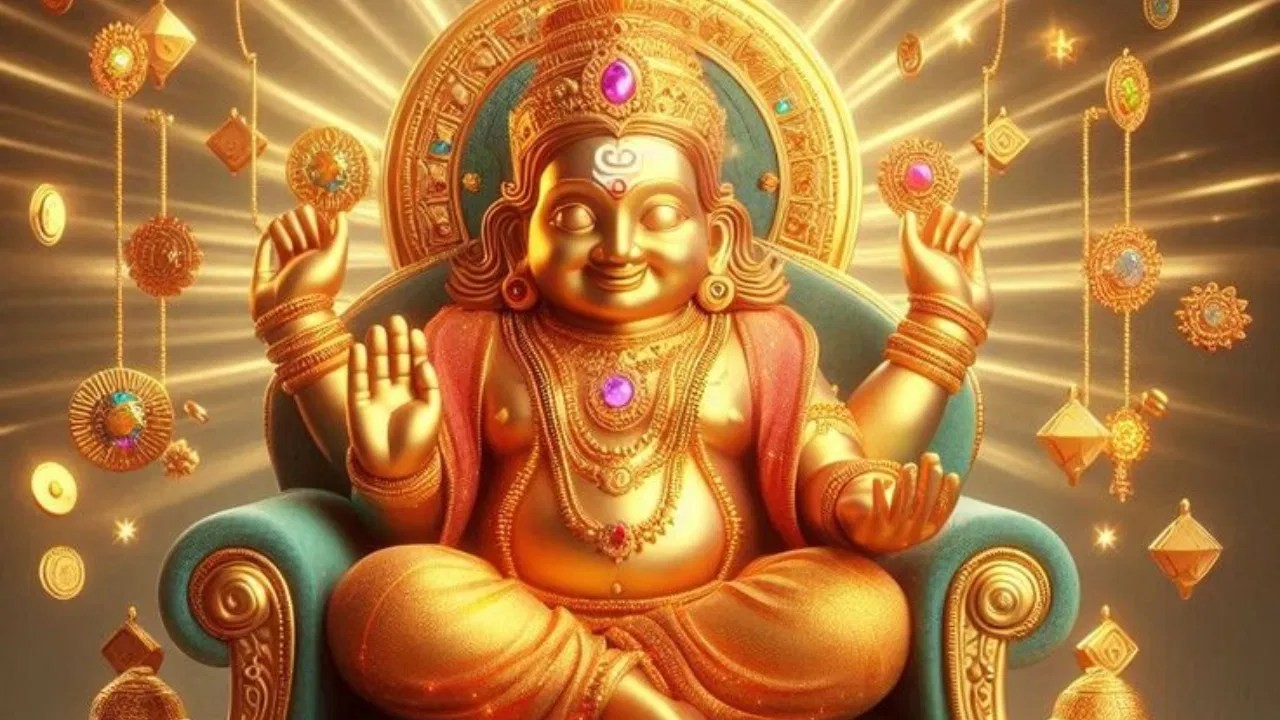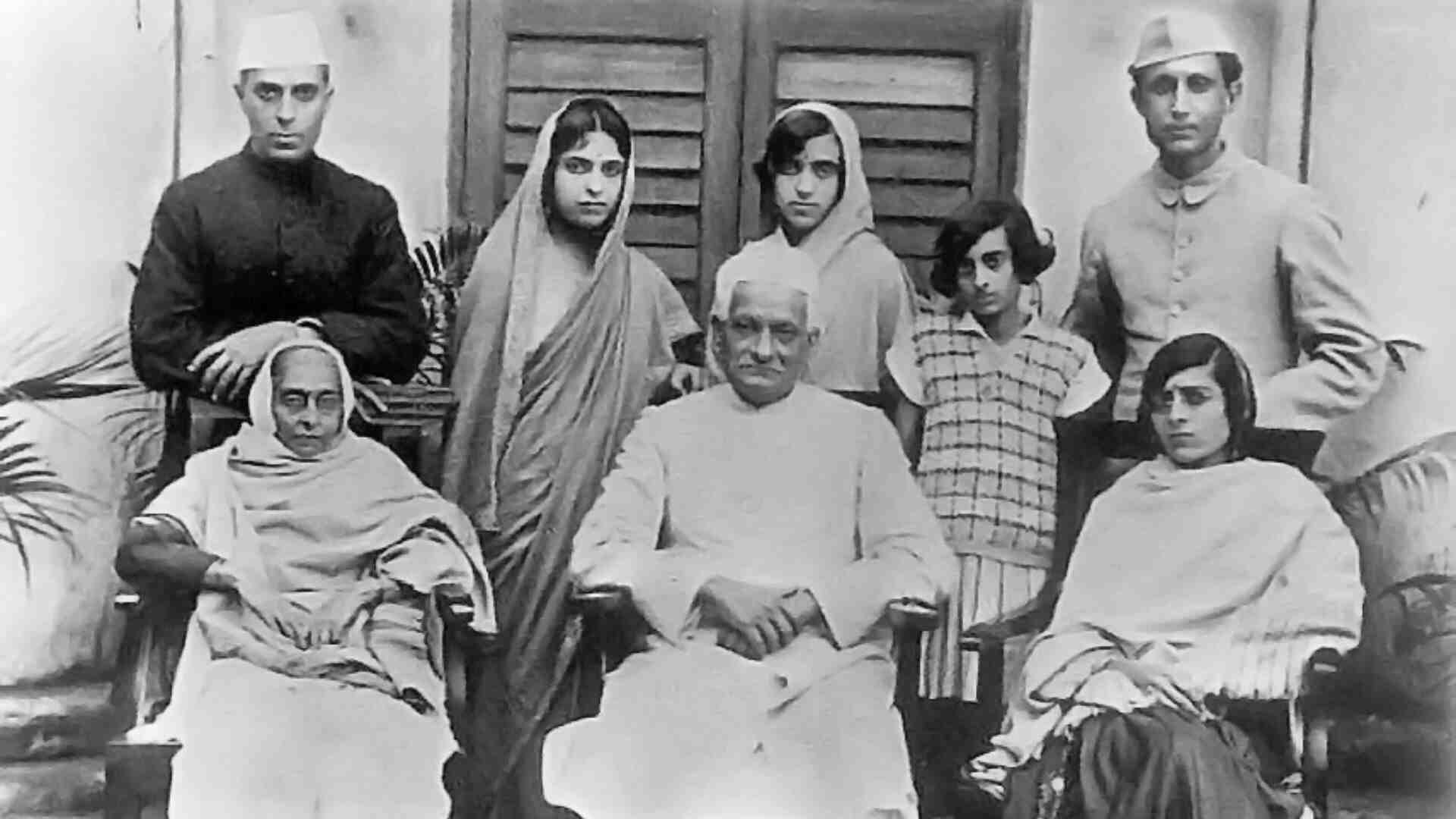Indian rupee was in fashion and widely accepted way before the Independence. Let’s deep dive and understand the journey of Indian rupee.
Rupee in the country had traversed a long journey. It witnessed lots of changes, twists and turns, and also demonetization twice.
India won its independence on 15th August, 1947. During the period of transition India retained the monetary system and the currency and coinage of the earlier period. While Pakistan introduced a new series of coins in 1948 and notes in 1949, India brought out its distinctive coins on 15th August, 1950.
Ancient Times
The history of the rupee traces back to ancient times in the Indian subcontinent. The mention of rpya by Pini is seemingly the earliest reference in a text about coins. The term in Indian subcontinent was used for referring to a coin.
The word “rupee” is derived from a Sanskrit word “rpya”, which means “wrought silver”, and maybe also something stamped with an image or a coin. Arthashastra, written by Chanakya, prime minister to the first Maurya emperor Chandragupta Maurya (c. 340–290 BC), mentions silver coins as rpyarpa.
In the intermediate times there was no fixed monetary system as reported by the Great Tang Records on the Western Regions.
Mughal Era
Sher Shah Suri, during his five-year rule from 1540 to 1545, set up a new civic and military administration and issued a coin of silver, weighing 178 grains, which was also termed Rupiya. The Mughal rulers issued coins etched with the Hindu deities in 1604–1605.
The coins depicting Ram and Sita were issued in both silver and gold; minting ended right after Akbar’s death in 1605.The silver coin remained in use during the Mughal period, Maratha era, as well as in British India.
The Indian rupee was a silver-based currency during much of the 19th century, which had severe consequences on the standard value of the currency, as stronger economies were on the gold standard.
British Rule
During British rule, and the first decade of independence, the rupee was subdivided into 16 annas. Each anna was subdivided into 4 pices. So one rupee was equal to 64 pice (paisa) and 192 pies as 1 Pice was equal to 3 pies. In 1957, decimalisation occurred and the rupee was divided into 100 naye paise. After a few years, the initial “naye” was dropped.
For many years in the early and mid-20th century, the Indian rupee was the official currency in several areas that were controlled by the British and governed from India; areas such as East Africa, Southern Arabia and the Persian Gulf.In the intermediate times there is no fixed monetary system as reported by the Da Tang Xi Yu Ji.
The British settlements in Western India, South India, and the Eastern Province of Bengal (Calcutta) independently developed different coinages in consonance with the local acceptability of the coins for the purposes of trade.East India Company minted rupee in Bombay, Calcutta and Madras.
The coins of Bengal were developed in the Mughal style and those of Madras mostly in a South Indian style. The English coins of Western India developed along Mughal as well as English patterns. It was only in AD 1717 that the British obtained permission from the Emperor Farrukh Siyar to coin Mughal money at the Bombay mint. The British gold coins were termed Carolina, the silver coins Anglina, the copper coins Cupperoon and tin coins Tinny. By early 1830, the British had become the dominant power in India.
The Coinage Act of 1835 provided for uniform coinage throughout India. The new coins had the effigy of William IV on the obverse and the value on the reverse in English and Persian. The coins issued after 1840 bore the portrait of Queen Victoria. The first coinage under the crown was issued in 1862 and in 1877 Queen Victoria assumed the title the Empress of India. The gold silver ratio widened during 1870–1910. Unlike India, Britain was on the gold standard. To meet the Home Charges (i.e., expenditure in England) the colonial government had to remit a larger number of rupees due to the ratio change; this necessitated increased taxation and unrest.
The 1911 accession to the throne of the King-Emperor George V led to the famous “pig rupee”. On the coin, the king appeared wearing the chain of the Order of the Indian Elephant. Through poor engraving, the elephant looked very much like a pig. The Muslim population was enraged and the image had to be quickly redesigned.
Introduction of Paper Rupee
Among the earliest issues of paper rupees include the Bank of Hindostan (1770–1832), the General Bank of Bengal and Bihar (1773–75, established by Warren Hastings), and the Bengal Bank (1784–1791).
Acute shortage of silver during the First World War, led to the introduction of paper currency of one rupee and two and a half rupees. The silver coins of smaller denominations were issued in cupro-nickel. The Second World War led to experiments in coinage where the standard rupee was replaced by the “Quaternary Silver Alloy”. The Quaternary Silver coins were issued from 1940. In 1947 these were replaced by pure Nickel coins.
Post Independence
Immediately after independence, the British coinage was continued. The monetary system remained unchanged at One Rupee consisting of 64 pice, or 192 pies.
The “Anna Series” was introduced on 15 August 1950. This was the first coinage of the Republic of India. The King’s image was replaced by the Ashoka’s Lion Capital.
With high inflation in the sixties, small denomination coins which had been made from bronze, nickel-brass, cupro-nickel, and aluminium-bronze were gradually minted in aluminium. This change commenced with the introduction of the new hexagonal 3 paise coin. A twenty paise coin was introduced in 1968 but did not gain much popularity.
Over a period, cost-benefit considerations led to the gradual discontinuance of 1, 2 and 3 paise coins in the 1970s. Stainless steel coinage of 10, 25 and 50 paise was introduced in 1988 and of one rupee in 1992. The very considerable costs of managing note issues of 1, 2, and 5 led to the gradual replacement of notes by coins for these denominations in the 1990s.
Since its Independence in 1947, Indian rupee was adopted as currency in the nation. During this period almost till mid 1960’s Indian rupee was also a legal tender in Trucial States, Oman, Bahrain and Kuwait.
The price of 16 Annas was 1 rupee in 1947. The demand for decimalization existed for over a century. Sri Lanka decimalised its rupee in 1869. The Indian Coinage Act was amended in September 1955 for the adoption of a decimal system for coinage from 1 April 1957. The rupee remained unchanged in value and nomenclature. It, however, was now divided into 100 ‘Paisa’ instead of 16 Annas or 96 paisa or 64 Pice. For public recognition, the new decimal Paisa was termed ‘Naya Paisa’ until 1 June 1964 when the term ‘Naya’ was dropped.
India won its independence on 15th August, 1947. During the period of transition India retained the monetary system and the currency and coinage of the earlier period. While Pakistan introduced a new series of coins in 1948 and notes in 1949, India brought out its distinctive coins on 15th August, 1950.
Chronologically, the main considerations influencing the coinage policy of Republic India over time have been:
• The incorporation of symbols of sovereignty and indigenous motifs on independence;
• Coinage Reforms with the introduction of the metric system;
• The need felt from time to time to obviate the possibility of the metallic value of coins rising beyond the face value;
• The cost-benefit of coinisation of currency notes
Independent India Issues could broadly be categorised as
The Frozen Series 1947-1950
This represented the currency arrangements during the transition period upto the establishment of the Indian Republic. The Monetary System remained unchanged at One Rupee consisting of 192 pies.
1 Rupee = 16 Annas
1 Anna = 4 Pice
1 Pice = 3 Pies
The Anna Series
This series was introduced on 15th August, 1950 and represented the first coinage of Republic India. The King’s Portrait was replaced by the Lion Capital of the Ashoka Pillar. A corn sheaf replaced the Tiger on the one Rupee coin. In some ways this symbolised a shift in focus to progress and prosperity. Indian motifs were incorporated on other coins. The monetary system was largely retained unchanged with one Rupee consisting of 16 Annas.
The Decimal Series
The move towards decimalisation was afoot for over a century. However, it was in September, 1955 that the Indian Coinage Act was amended for the country to adopt a metric system for coinage. The Act came into force with effect from 1st April, 1957. The rupee remained unchanged in value and nomenclature. It, however, was now divided into 100 ‘Paisa’ instead of 16 Annas or 64 Pice. For public recognition, the new decimal Paisa was termed ‘Naya Paisa’ till 1st June, 1964 when the term ‘Naya’ was dropped.
Naya Paisa Series 1957-1964
With commodity prices rising in the sixties, small denomination coins which were made of bronze, nickel-brass, cupro-nickel, and Aluminium-Bronze were gradually minted in Aluminium. This change commenced with the introduction of the new hexagonal 3 paise coin. A twenty paise coin was introduced in 1968 but did not gain much popularity.
Aluminium Series 1964 onwards
Over a period of time, cost benefit considerations led to the gradual discontinuance of 1, 2 and 3 paise coins in the seventies; Stainless steel coinage of 10, 25 and 50 paise, was introduced in 1988 and of one rupee in 1992. The very considerable costs of managing note issues of Re 1, Rs 2, and Rs 5 led to the gradual coinisation of these denominations in the 1990s.
Contemporary Coins
Currently, the government has stopped minting and printing Indian rupee of lower denomination. The highest denomination coin is of 20 rupees. Size of all coins become round and size got smaller.
Indian currency began with a devaluation in 1949 due to devaluation of Pound sterling. However, since India’s trade was largely in Pound sterling it did not register much impact like the two major devaluations of the rupee: In 1966 and 1991 in the face of economic crisis.
From 1950, India ran continued trade deficits that increased in magnitude in the 1960s. Furthermore, the Government of India had a budget deficit problem and could not borrow money from abroad or from the private corporate sector, due to that sector’s negative savings rate. The Indo-Pakistan War of 1965 led the US and other countries friendly towards Pakistan to withdraw foreign aid to India, which necessitated more devaluation. Another factor leading to devaluation was the drought of 1965/1966 which resulted in a sharp rise in prices.
By 1979, it was trading at around 6 British pence. Finally, by the end of 1989, the Indian Rupee had plunged to an all-time low of 3 British pence.
The Reserve Bank of India is India’s central bank and regulatory body responsible for regulation of the Indian banking system.
Reserve Bank of India and Government of India adopted multiple adjustments to Indian rupee following the Nixon shock of 1971 and Smithsonian Agreement. The currency gradually shifted from Par value system to pegged system and to basket peg by 1975.
In 1991, India still had a fixed exchange system, where the rupee was pegged to the value of a basket of currencies of major trading partners. India started having the balance of payments problems since 1985, and by the end of 1990, it found itself in serious economic trouble. The government was close to default and its foreign exchange reserves had dried up to the point that India could barely finance three weeks’ worth of imports. As in 1966, India faced high inflation and large government budget deficits. This led the government to devalue the rupee.
At the end of 1999, the Indian Rupee was devalued considerably.
Revaluation
In the period between 2000 and 2007, the Rupee stopped declining and stabilised ranging between 1$ = 44– 48. In late 2007, the Indian Rupee reached a record high of 39 Indian national rupee per United States dollars, on account of sustained foreign investment flows into the country. The trend reversed with the 2008 world financial crisis as Foreign investors transferred huge sums out to their own countries.
2013 Depreciation
Due to stagnant reforms, and declining foreign investment, rupee started depreciating in the early 2013. Measures were announced by the government before this drop to prevent it from dropping further, but none managed to slow down the depreciation. After continued depreciation, and high inflation, the then Prime Minister of India, Manmohan Singh, made a statement in the Parliament of India on the issue. He was of the view that, the present depreciation is partly led by global factors as well as domestic factors. He also asked the political parties to help his government, tide over the crisis that the country was facing with rupee losing its value.
2016 Demonetisation
2016 saw the discontinuation of 500 and 1,000 notes due to the 2016 Indian bank note demonetisation and consequently the introduction of new a 500 note, and a 2,000 note- a first for the currency. Later on, new notes of old denominations viz. 10, 20, 50 and 100 were issued with old notes of the same value still being legal tender. A 200 note, also a first for the Indian Rupee, is currently in circulation.
2023 Currency recall
In May 2023, the Reserve Bank of India started withdrawing the 2,000 notes from circulation.The 2,000 bank note which was introduced in 2016 however, will remain in legal tender until September 2023 according to RBI. One among the main reason of removing it from circulation is the low rate of its use to the Indian current market economy and its printing was stopped as of 2018 – 2019.























